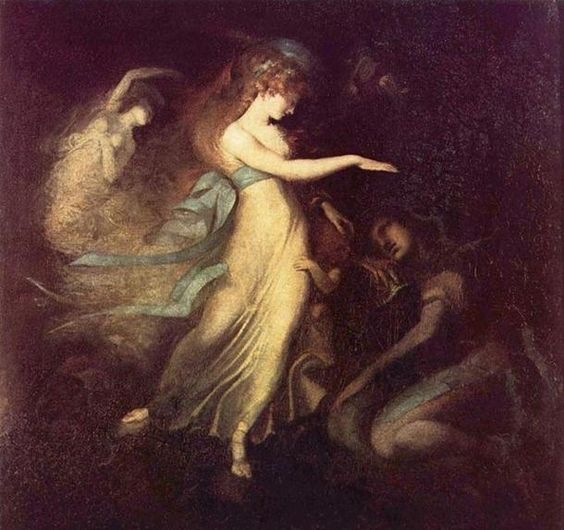
Wikimedia Commons
Andro Man, or Andrew Mann, was an elderly Scottish nomadic folk healer from Rathven in present-day Moray, who confessed to witchcraft in October 1597. His dittay[a]Dittay is the Scottish legal term for an indictment.[1] documents an intimate relationship with the Queen of Elphame – a fairy queen – and gives details of an entity named Christsonday, whom Man believed to be an angel, but his interrogators interpreted as the Devil.[2]
The Scottish belief in fairies and other folkloric supernatural beings was interpreted by the authorities as evidence of consort with demons; little distinction was made by the Church between different types of magic. Court trials in late 16th-century Scotland record testimony by the accused declaring their powers to be fairy-derived, and others confessing to long-term relationships with fairies. Man claimed in his confession to have fathered children with the Fairy Queen.[3]
Man’s story is notable as an example of a male witch accused of having a sexual relationship with a supernatural entity, in contrast to the more usual charges laid against the far more numerous female witches, of having sexual relations with the Devil.[4]
